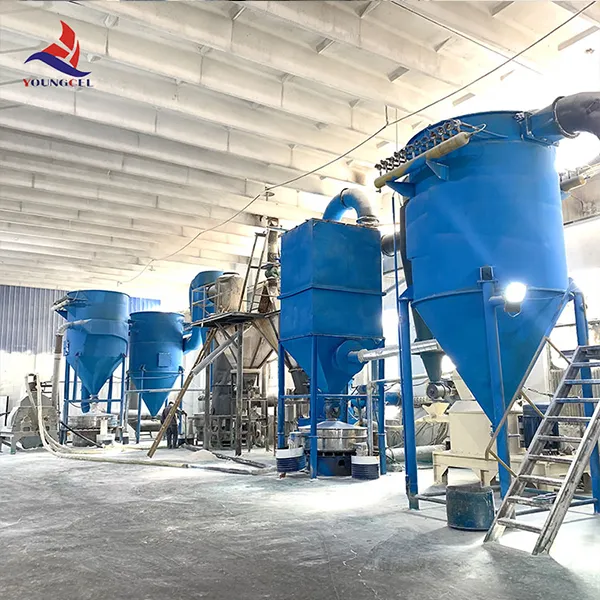Cellulose ether is a class of compounds derived from cellulose, a natural polymer found in the cell walls of plants. As one of the most abundant organic polymers on Earth, cellulose serves as an essential raw material for various derivatives, including cellulose ethers. These derivatives are formed through the chemical modification of cellulose, where hydroxyl groups in the cellulose structure are replaced with ether groups. This modification alters the properties of cellulose, making cellulose ethers highly versatile and valuable in numerous applications across multiple industries.
One of the most significant characteristics of cellulose ethers is their solubility in water and organic solvents, which differs based on the degree of substitution and the type of ether group introduced. For instance, hydroxypropyl methylcellulose (HPMC) and carboxymethyl cellulose (CMC) are two widely used cellulose ethers. HPMC is prized for its ability to create stable gels and its viscous nature, which makes it suitable for applications in pharmaceuticals, food, cosmetics, and construction. On the other hand, CMC is known for its excellent thickening and stabilizing properties, making it a critical ingredient in ice cream, toothpaste, and various industrial products.
.
In the food industry, cellulose ethers are utilized as food additives and stabilizers. These compounds improve the texture, viscosity, and overall mouthfeel of food products. For example, HPMC is commonly used as a thickener in sauces and soups, while CMC is employed to stabilize emulsions in dairy products. Moreover, cellulose ethers can enhance moisture retention in baked goods, extending their shelf life without compromising quality. Their safety profile and versatility make them ideal for various food applications, aligning with consumer demands for clean-label and natural ingredients.
cellulos ether

Cellulose ethers also find applications in personal care and cosmetic products. They are widely used as thickening agents in lotions, creams, shampoos, and gels, providing desirable textures and stability. Their ability to retain moisture contributes to the effectiveness of skin care formulations, making them popular among manufacturers looking to enhance product performance. Furthermore, the growing trend towards sustainable and eco-friendly ingredients in personal care formulations positions cellulose ethers as a favorable choice, given their plant-derived origins and biodegradability.
In the construction industry, cellulose ethers are employed as additives in cement and mortar formulations. Their water-retention properties help maintain workability during the application process, ensuring that mixtures do not dry out too quickly. Moreover, cellulose ethers enhance adhesion and improve the overall mechanical properties of construction materials. As sustainability becomes a focal point in construction practices, cellulose ethers are increasingly recognized for their ability to support eco-friendly building solutions.
In conclusion, cellulose ethers represent a dynamic and essential category of compounds derived from cellulose. Their diverse range of properties and applications in pharmaceuticals, food, cosmetics, and construction underscores their significance in modern manufacturing processes. As industries continue to seek innovative and sustainable solutions, cellulose ethers are poised to play an increasingly important role, benefiting both consumers and manufacturers alike.
-
The Application and Significance of Construction RdpNewsMay.19,2025
-
Industrial Grade HpmcNewsMay.19,2025
-
Building Coating Adhesive Building Coating Adhesive HpmcNewsMay.19,2025
-
Application Of Hpmc For Detergent For Detergent In DetergentsNewsMay.19,2025
-
Application Of Hpmc Cellulose In Cement-Based MaterialsNewsMay.19,2025
-
Application Of High Quality Hpmc For Construction In The Field Of ConstructionNewsMay.19,2025




